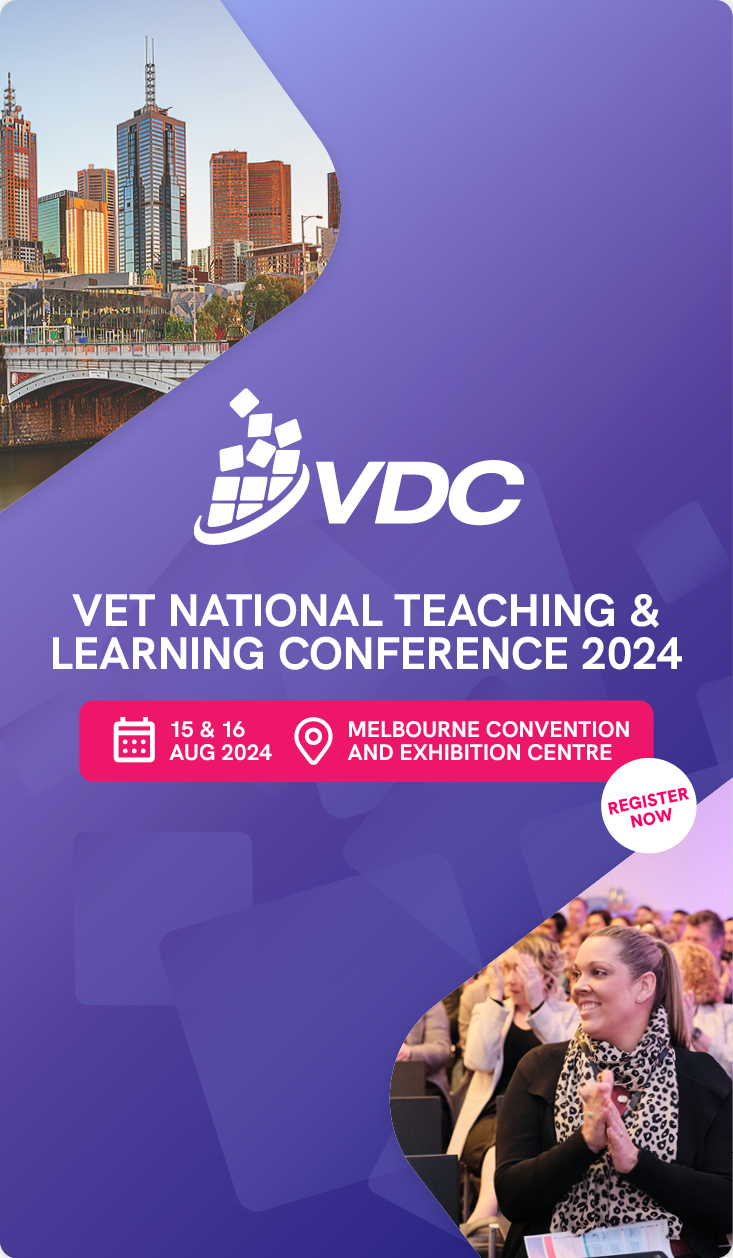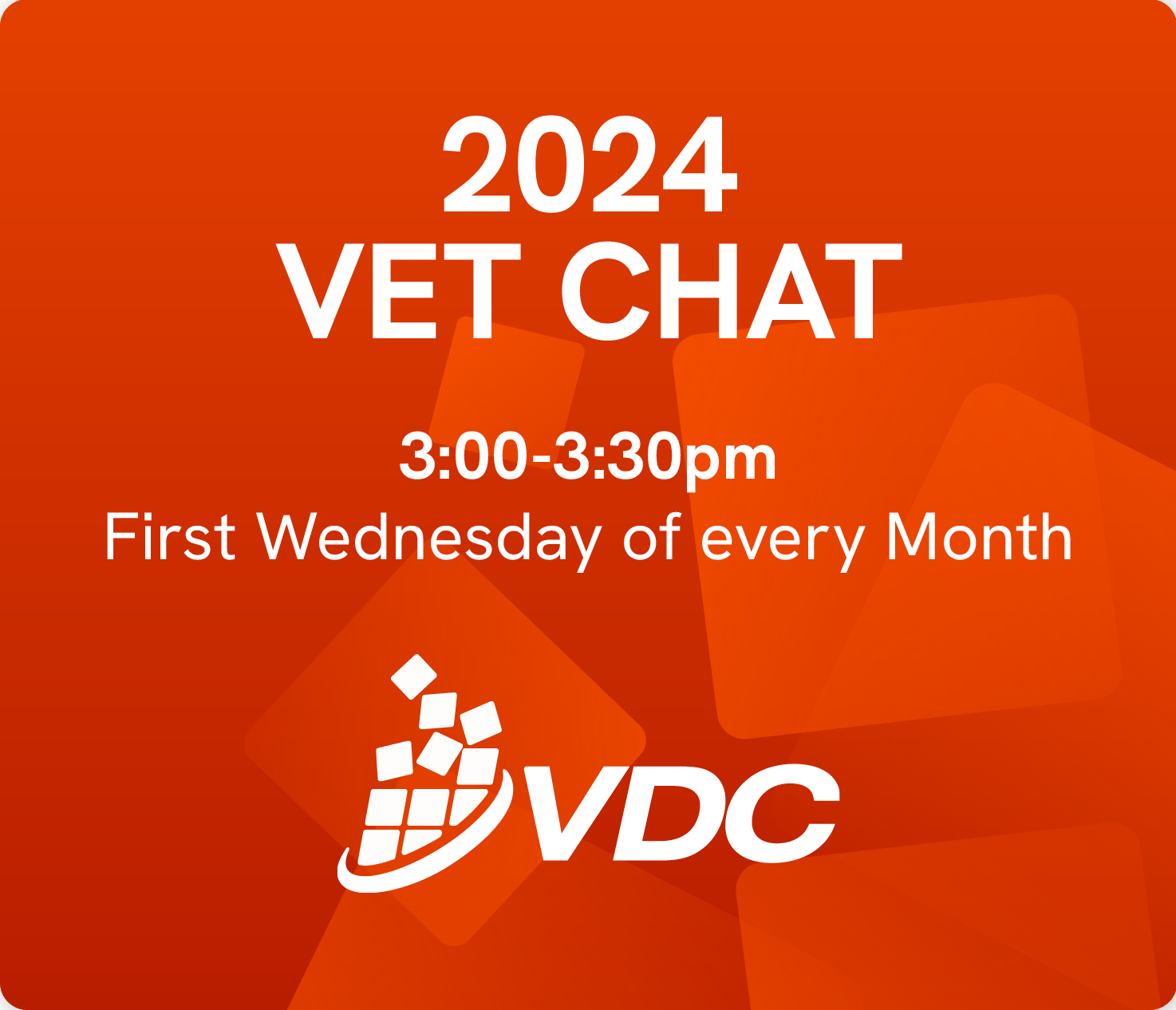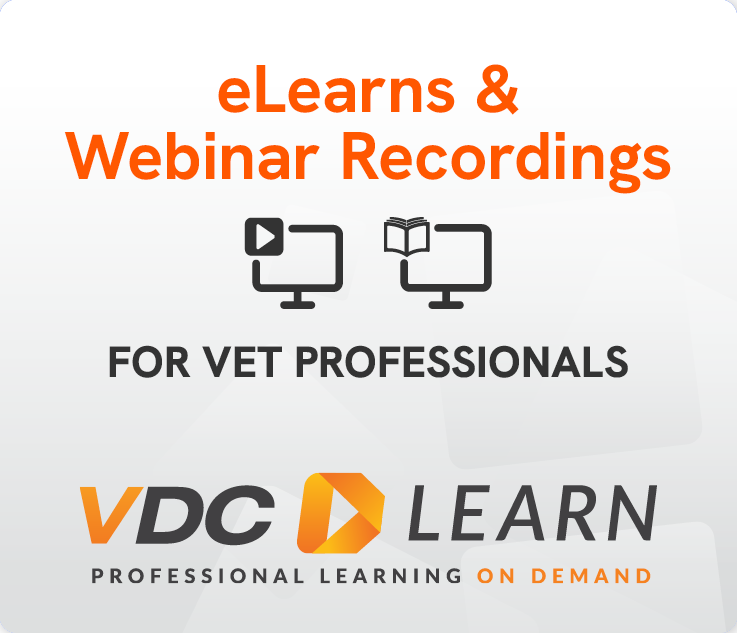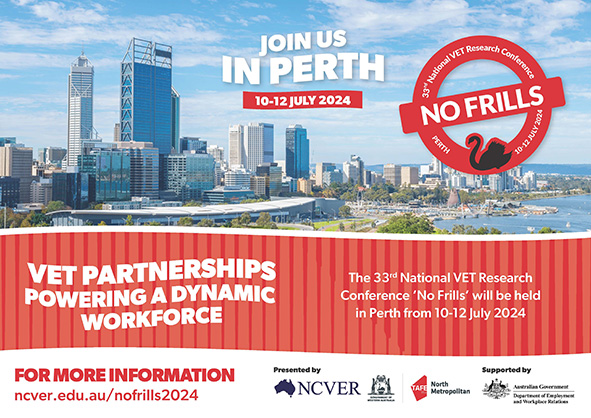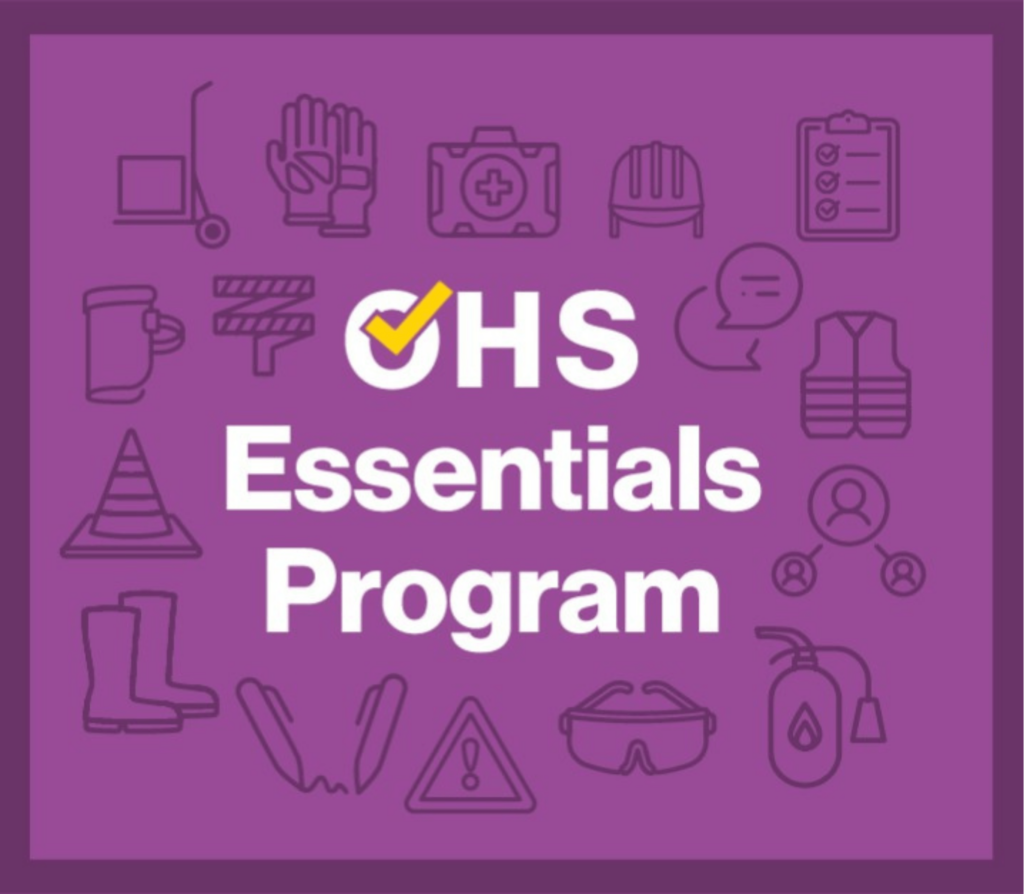NCVER collects and publishes a range of VET statistics and survey data each year. Here’s a quick remainder of what’s covered and available.
Data is collected on total and government funded student and course numbers as well as data on apprentices and trainees and VET in schools. Surveys cover students as well employers’ use and views of the VET system. Here is a good site to go to for an overview of the available stats and survey data.
The data
The Government-funded students and courses collection summarises “data relating to students, programs, subjects and training providers in Australia’s government-funded VET system.” These data are released quarterly, but there is also an annual summary. Looking at the bigger picture, the Total VET students and courses data provides a “detailed picture of all nationally recognised VET delivered by Australian training providers, including students and full year training equivalents, provider types, programs and funding sources.” These data are released annually.
The Apprentices and trainees collection provides “data on persons employed under a training contract, including information on training rates and duration. These data are released quarterly and present both a national as well as a state and territory picture. There is also a report providing an historical time series starting in 1963. The VET in Schools data collection “presents information on VET undertaken by school students as part of their senior secondary certificate of education.” Data are released annually. There is also a useful collection that provides data on VET qualification completion rates. It “presents completion rates for nationally recognised VET qualifications, namely training package qualifications and accredited qualifications” with data released annually.
Finally, there is the Government funding of VET collection, which provides information on “how government VET funding is spent” and how this spending is aligned with training activity. Again, these data are released annually.
It’s worth noting that there is a visualisation gallery that can be quite helpful. It provides “a collection of infographics, interactive data tools and research and data visualisations” from across [NCVER’s] site in just the one space for easier access. These include the Databuilder site which enables users to readily and quickly construct tables using NCVER’s data. The Infographics pages also provide simple data and survey summaries.
Regular readers of VDC News will know that we provide short summaries of many of these publications as they are released. You can find them by searching the VDC News archives.
The surveys
There are several outcomes surveys NCVER produces. These include the National Student Outcomes Survey, which provides information on the “employment and further study outcomes and satisfaction of students. Data released annually at the end of the year. This survey provides specific outcomes information on two key students groups: apprentices and trainees and international students. The Apprentice and trainee outcomes survey report “provides [an annual] snapshot of the outcomes of apprentices and trainees who completed or cancelled/withdrew from an apprenticeship or traineeship.” The International onshore VET qualification completer outcomes report gives users “[an annual] snapshot of the outcomes of international students who completed a VET qualification in Australia.”
Complimenting these student surveys is the Survey of Employers’ use and views of the VET system which provides “insights into how employers are using the VET system to meet the skill needs of their workforce, as well as their satisfaction.” The outcomes of the survey are released biennially, with the next one due in November 2023.
The final survey is the Longitudinal Surveys of Australian Youth (LSAY). This “tracks young people as they move from school into further study, work, and other destinations, helping researchers and policymakers make educated decisions about youth policies.” It’s worth looking at the publications derived from these survey data. They include research reports, briefing and discussion papers as well as Infographics.

